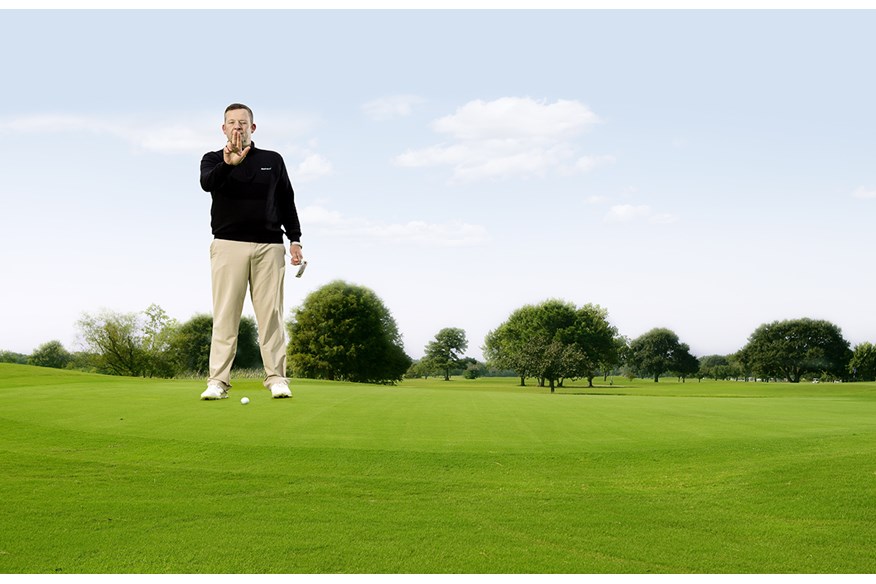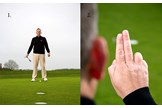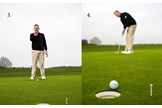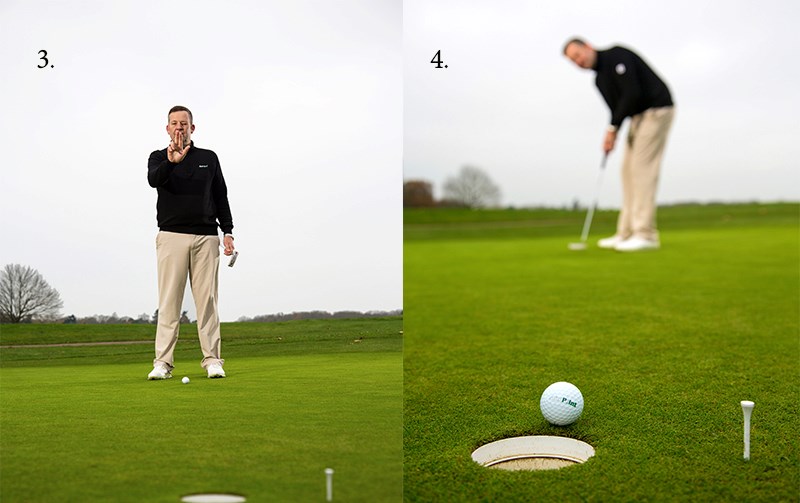A-Z Putting (A): Aimpoint
Published:
AimApoint: The system that takes the mystery out of green-reading
(Jump to drill: Four steps to a better read with Aimpoint)
A couple of things we already know. Putts break towards water or the sea or into a valley. They break more at the than they do at the beginning and no matter how experienced you might be, there is always an element of guesswork when it comes to reading a green.
Surely, there can’t be too many people who would disagree with that synopsis. Right? Wrong. Adam Scott and Stacy Lewis do not agree and neither do 200 qualified instructors in AimPoint. On top of that, there’s a club pro called Jamie Donaldson (not to be mistaken for a certain Ryder Cup hero) who doesn’t agree either.
What’s it got to do with him? Quite a lot actually. Donaldson used to teach the full swing at a driving range near Cambridge, but now, thanks to AimPoint, he’s become a specialist putting coach sought out by some of golf’s biggest names. And what does he have that they don’t have? The ability to read greens with astonishing accuracy.
Donaldson remembers a moment with former US Open champion Michael Campbell discussing the break on a putt and predicting its behaviour.
“Cambo popped a tee in the ground where he felt he should aim and looked at me to make my call,” he recalls.
The former driving range pro then set about a unique routine that he himself developed with AimPoint’s founder Mark Sweeney. He stood close to the line to gauge break before walking back behind the ball, holding up his hand and squinting as if someone was dazzling him with a torch.
“No, it’s here,” said Donaldson, doubling the break on the putt. Campbell laughed at him, shook his head, and then set the ball o on Donaldson’s predicted route. It arced and arced and arced and dropped into the hole at the rst attempt.
“We need to have a chat,” said the former US Open champion, though at that point he wasn’t laughing.
Adam Scott uses Aimpoint at the 2019 US Open
Breaking new ground
The beginnings of AimPoint can be traced back to 2009 when Mark Sweeney, a computer whizz from Texas, was watching golf on TV. It occurred to him how cool it would be if the audience could see the correct line of a putt before the player hit it.
He developed a three-dimensional laser scan that could plot every break and nuance on a green so that the TV broadcasters could do exactly that. His program was accurate to a 32nd- of-an-inch and delivered a one per cent error rating in eight years on TV. The success of this project taught Sweeney that putting was predictable.
He created a chart that looked like four dartboards, each relating to a percentage of slope, and it had 600 numbers on it. It was possible to calculate using the angle that you’re crossing the slope, plus the distance, what the break would be. With the help of American coach John Graham, the data was turned into the green-reading process that was to become AimPoint.
“When I saw this thing, I realised it was complex but it got me interested, very quickly, ” Donaldson recalls. “At that time, you had to identify green shapes and understand the topography. There were patterns that would happen and you needed to recognise them visually. Once you were able to do that then there was a way of calculating break. It was very technical at first.”
Eventually, Sweeney and Donaldson met up.
“I told him, ‘This product is incredible but it’s too hard to understand’,” says Donaldson.”But I was able to apply my understanding of coaching to Mark’s system to make it easier to follow. We took a very technical system and, in two years, turned it into something we can teach eight-year-olds.
“I think that AimPoint is a game changer. We teach the express read so you can cope with any putt you might face. I’d say helping players get a perfect read every time will be right up there in the game’s history.”
Four Steps To A Better Read
Jamie Donaldson shows you how to read greens like Adam Scott
1. Use Weight To Gauge the Slope
Stand a pace behind the ball with your feet slightly apart so you can judge which foot carries most of your weight. Focus on the horizon and feel your weight distribution. Give the amount of slope you feel a grade between one and six – two is about average. Repeat this process halfway towards the hole for greater accuracy on longer putts.
2. Line Up Your Fingers To Find The Aimpoint
Return to your spot a pace or so behind the ball to decipher a precise point on the green at which to aim. This is done using the grade of the slope and your fingers. Stretch your arm out in front of you and hold up the number of fingers that corresponds to the grade you gave the slope. Line up the edge of your finger with the hole.
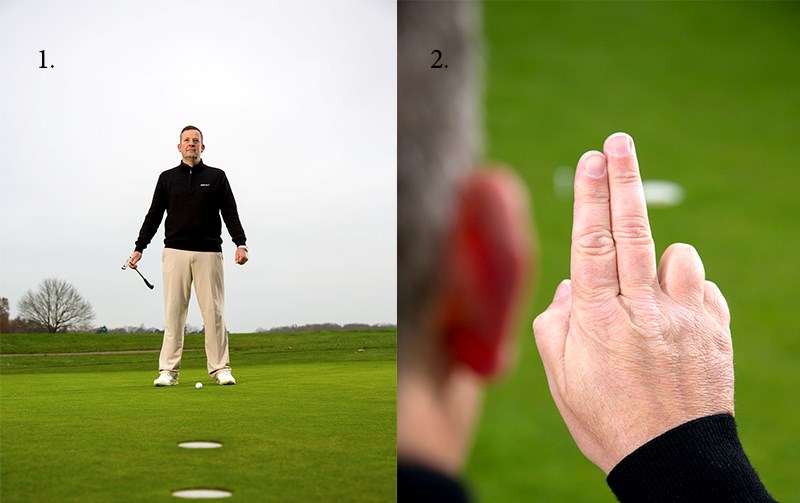
3. Place A Tee Peg On Your Aimpoint In Practice
The outside of your finger gives you the precise point where you need to aim in order to hole the putt when hit with the correct speed to go nine inches past the hole. You can place a tee peg in the ground at your AimPoint to help you in practice. Most amateurs under-read putts so you’ll be amazed at the true amount of break.
4. Start Your Putt At the Aimpoint
Set up at the AimPoint and start your putt on line, safe in the knowledge that the read is 99% accurate. Confidence in an accurate read will improve your technique because you won’t feel the need to make adjustments or manipulations during your stroke. You can learn to subtly adjust the read for different conditions at an AimPoint class.
